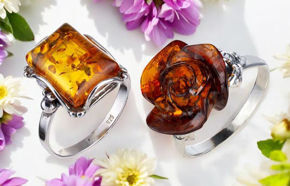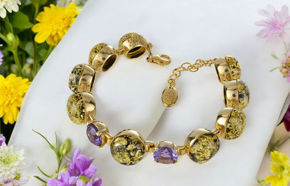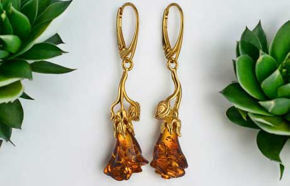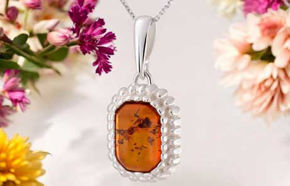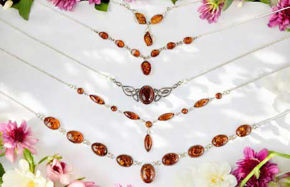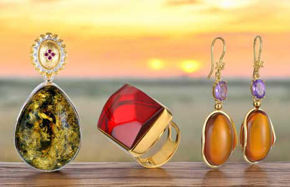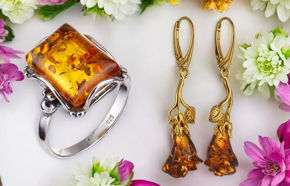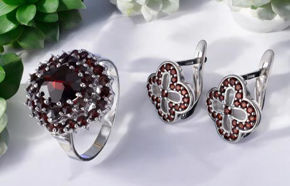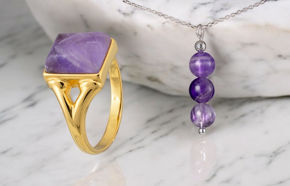1. The Sumatra Giant
On June 15, 2015, miners in the Darmasraya region of West Sumatra unearthed an enormous amber stone. Weighing approximately 105 pounds (47.5 kilograms), this 15-25 million-year-old gem now resides in the House of Amber and Copenhagen Amber Museum. It holds a place in the Guinness Book of World Records as one of the largest amber stones ever found.
2. The Singapore Colossus
In February 2017, the International Amber Association of Poland reported another record-breaking find. Joseph Fam of Singapore owns an amber stone weighing 111.11 pounds (50.4 kilograms). This remarkable discovery further solidifies amber's status as a global treasure.
3. The Lithuanian Sun Stone
Discovered on January 4, 2007, during a mining accident, the Sun Stone now dazzles visitors at the Palanga Museum in Lithuania. Weighing nearly 8 pounds (3 kilograms and 524 g.), it is Europe's third-largest amber stone.
4. The Kaliningrad Nugget
March 2017 saw the unearthing of a massive amber nugget in the Kaliningrad region of Russia. Weighing about 7 pounds (3.2 kilograms), this find was the largest in thirty years. The region's mines produce 700 tons of amber annually, earning it the nickname "the new gold."
5. The Ukrainian Giant
In Ukraine, a raw amber stone weighing 5.5 pounds (2562 grams) stands as a testament to the country's rich amber resources. This significant find continues to intrigue both scientists and amber enthusiasts.
6. The Dinosaur Tail Amber
One of the most astonishing amber discoveries occurred in December 2016. Paleontologist Xing Lida found a tiny piece of amber weighing just 6.5 grams (one-quarter ounce) in Myanmar, near the Chinese border. Encased within this small amber package was the tail of a dinosaur, offering an extraordinary glimpse into prehistoric life.
The Enduring Appeal of Amber
Amber's allure has transcended time, maintaining its status as a treasure of the natural world. Its captivating beauty, historical significance, and contemporary value in jewelry, medicine, and art make it a sought-after gem. Whether you're an enthusiast, a collector, or simply curious, amber's ancient mysteries continue to enchant and inspire.
Unlock the secrets of amber and experience the magic of this golden gem for yourself

